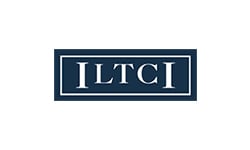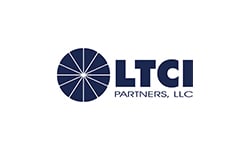This article is a continuation of Jamie Sarno's series on Short-Term Care Insurance. You can read the first part of the series here.
Did you know insurance plans that cover Nursing Home, Assisted Living, or Home
Nursing Care for a minimum of 365 days or more is considered Long-Term Care Insurance? Insurance plans that cover “less” than 365 days are considered Short-Term Care Insurance. Other than its shorter duration period, STCI shares many of the same great benefits and features that you would find in LTCI.
LTCI and STCI
Benefits and Features:
-
Skilled, Intermediate, and Custodial Care
-
Assisted Living Facility
-
Home Nursing Care
-
Bed Reservation
-
Elimination or Waiting Period available
-
ADL and Cognitive triggers
-
Medically Necessary trigger
-
Guaranteed Renewable for Life
-
Benefits are non-taxable
Although STCI is not a replacement for LTCI, it’s important to consider how STCI can help as an alternative when LTCI is not an option due to an individual’s age, health, or finances.
Kiplinger.com reports that the average LTCI benefit period is three to five years with an average maximum daily ‘reimbursement’ of $150.
A three-year (1,095-day) LTCI plan with a daily benefit amount of $150 gives the insured a “pool of money” in the amount of $164,250. But what happens when LTCI isn’t an option for your client? How does STCI compare?
Let’s work the math.
A (360-day) STCI plan with a daily benefit amount of $400 provides a cash indemnity in the amount of $144,000. The average STCI premium for a person age 50 is approximately $72.00 per month with no elimination period giving the insured first-day coverage.
STCI plans are indemnity products that pay the full daily amount chosen, no matter how much the facility is charging per day. STCI plans are not reimbursement plans that are restricted to paying only actual charges; they are designed to pay the insured a cash indemnity. Depending on the facility's daily room rate, the STCI indemnity cash payment can help extend a 360-day stay. The money is non-taxable, paid directly to the insured, and is theirs to spend any way they wish — there are no restrictions.
If you would like more information on Short-Term Insurance Care, please send me an email or give me a call.
Jamie Sarno
Axis Medicare Advisors
jsarno@axismedicareadvisors.com
502-599-9741
Want to learn more from Jamie about short-term care? Then watch his recent webinar, "An Alternative to Long-Term Care Coverage," on-demand in the LECP webinar archives.
















-CMYK.png?width=250&name=LifeSecureLogo(F)-CMYK.png)






